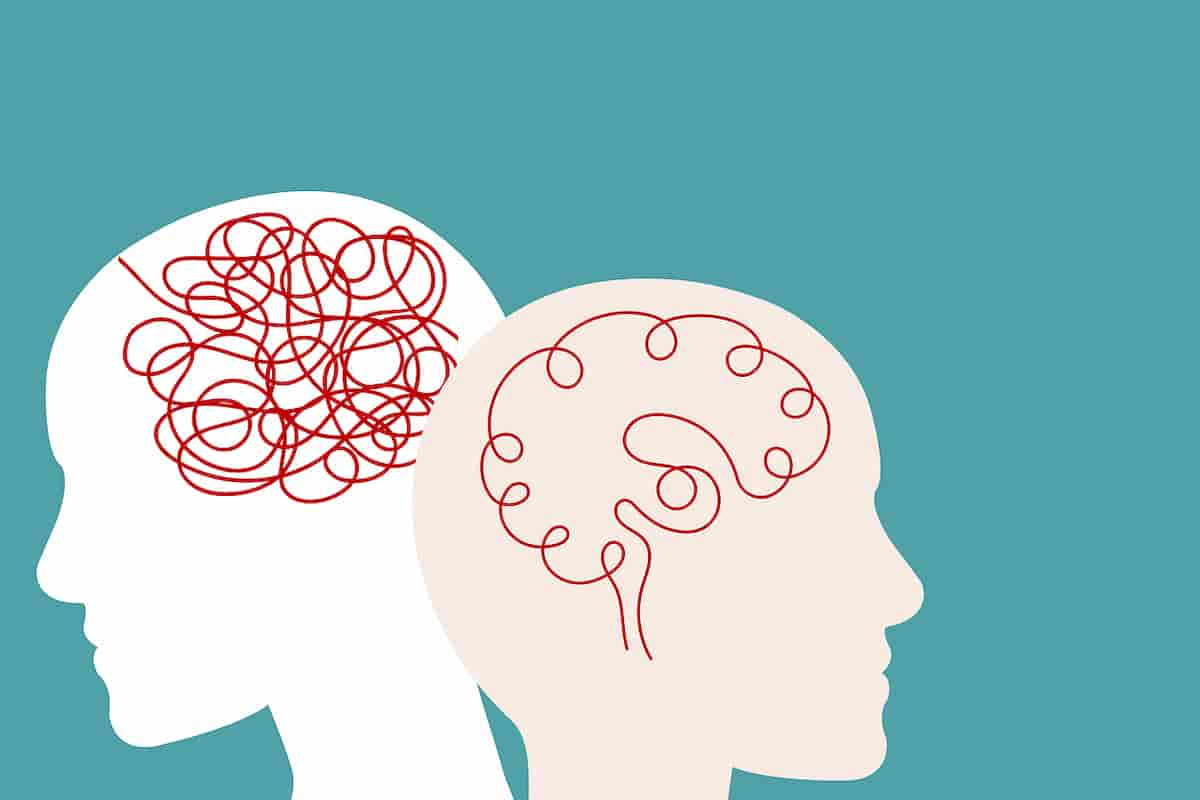Long-term memory is a fundamental part of human cognition, enabling us to retain information over extended periods.
What is long-term memory
Long-term memory refers to the ability to store and retrieve information over extended periods, from hours to an entire lifetime.
Unlike short-term memory, which holds limited information for a brief period, long-term memory has an enormous capacity and duration.
It allows us to remember facts, experiences, skills, and knowledge, shaping our identity and understanding of the world.
Types of long-term memory
Long-term memory is broadly categorised into two main types: explicit memory and implicit memory.
Explicit memory
Explicit memory, also known as declarative memory, involves conscious recollection of information.
It can be further divided into:
- Episodic memory: This stores personal experiences and events, such as a birthday party or a holiday trip. It enables us to mentally travel back in time and relive those moments.
- Semantic memory: This deals with general knowledge and facts about the world, such as knowing the capital of a country or the meaning of words. It does not rely on specific personal experiences.
Implicit memory
Implicit memory, or non-declarative memory, operates unconsciously and involves skills and habits.
It includes:
- Procedural memory: This allows us to perform tasks such as riding a bicycle, driving a car, or typing on a keyboard without consciously thinking about each step.
- Priming: This occurs when exposure to a stimulus influences our response to a later stimulus, even if we are unaware of the connection.
Processes involved in long-term memory
The formation of long-term memory involves several processes that work together to encode, store, and retrieve information effectively.
Encoding
Encoding is the process of converting information into a format that can be stored in long-term memory.
Effective encoding often requires attention, meaning, and repetition.
Techniques such as visualisation, association, and elaborative rehearsal can enhance encoding.
Storage
Once encoded, information is stored in long-term memory, where it remains for future use.
The brain organises information by connecting it to related concepts and experiences.
This creates a network of memories that are easier to retrieve when needed.
Retrieval
Retrieval is the process of accessing stored information when required.
Successful retrieval depends on how well the information was encoded and stored.
Cues, such as images, smells, or words, can trigger memory recall.
Consolidation
Consolidation is the stabilisation of memories after they are initially encoded.
During this process, new memories become more durable and resistant to interference.
Sleep plays a significant role in consolidation by strengthening neural connections.
Factors influencing long-term memory
Several factors impact the effectiveness of long-term memory, either positively or negatively.
- Sleep: Adequate sleep improves memory consolidation and enhances recall.
- Emotional significance: Emotionally charged experiences are more likely to be remembered due to the involvement of the amygdala, which strengthens memory formation.
- Repetition: Regular review and rehearsal of information reinforce neural pathways, making it easier to retain and retrieve memories.
- Stress: While mild stress can enhance memory, chronic stress and high cortisol levels can impair memory formation and retrieval.
- Nutrition: A balanced diet rich in omega-3 fatty acids, antioxidants, and vitamins supports brain health and memory.
How to enhance long-term memory
Improving long-term memory involves adopting strategies that enhance encoding, storage, and retrieval processes.
Here are some practical techniques:
- Use mnemonic devices: Acronyms, rhymes, and visual imagery can help organise and retain information effectively.
- Break information into chunks: Dividing large amounts of information into smaller, manageable pieces makes it easier to remember.
- Spaced repetition: Reviewing material at regular intervals strengthens memory retention over time.
- Stay mentally active: Activities such as puzzles, reading, and learning new skills stimulate brain function and promote cognitive health.
- Exercise regularly: Physical activity increases blood flow to the brain, supporting memory and overall cognitive performance.
- Adopt a healthy lifestyle: Maintaining a balanced diet, getting enough sleep, and reducing stress improve brain health and memory.
Long-term memory and ageing
As we age, changes occur in the brain that can affect long-term memory.
Effects of ageing on memory
Age-related memory decline is a natural part of the ageing process.
Older adults may experience difficulty in recalling names, dates, and recent events.
However, implicit memory and well-established knowledge often remain intact.
Strategies to mitigate memory decline
While ageing affects memory, certain strategies can help preserve cognitive function:
- Stay socially engaged: Interacting with others stimulates brain activity and reduces the risk of cognitive decline.
- Exercise the brain: Engaging in challenging mental activities, such as crosswords, Sudoku, and brain-training games, keeps the mind sharp.
- Stay physically active: Regular physical exercise supports brain health and improves memory.
- Manage stress: Reducing stress through meditation, mindfulness, or hobbies protects the brain from memory impairments.
The neurological basis of long-term memory
Long-term memory is rooted in the brain’s structure and neural mechanisms.
Brain structures involved
Several brain regions play key roles in long-term memory:
- Hippocampus: Critical for encoding and consolidating new memories, the hippocampus is often referred to as the brain’s memory hub.
- Amygdala: This structure processes emotional memories, making them more vivid and lasting.
- Cerebral cortex: Long-term storage of memories occurs in the cortex, where information is distributed across different areas depending on its nature.
- Basal ganglia: Involved in procedural memory, the basal ganglia support skills and habits that require repetition.
Neural mechanisms
Memory formation relies on changes in neural connections, known as synaptic plasticity.
Long-term potentiation (LTP) strengthens the connections between neurons, enabling the brain to store information more effectively.
Neurotransmitters such as glutamate, dopamine, and acetylcholine also play essential roles in memory processes.
Disorders affecting long-term memory
Certain medical conditions can impair long-term memory, affecting an individual’s ability to retain and retrieve information.
Amnesia
Amnesia involves memory loss due to brain injury, trauma, or illness.
It can be classified as retrograde amnesia, where past memories are lost, or anterograde amnesia, which impairs the ability to form new memories.
Alzheimer’s disease
Alzheimer’s disease is a progressive neurodegenerative disorder that primarily affects memory and cognitive functions.
It is characterised by the accumulation of plaques and tangles in the brain, leading to memory loss and decline in daily functioning.
Other cognitive disorders
Conditions such as Parkinson’s disease, stroke, and traumatic brain injuries can also impact long-term memory, depending on the severity and location of brain damage.
Conclusion
Long-term memory is a complex and essential cognitive function that allows us to store and recall information over extended periods.
It is divided into explicit and implicit memory, with processes such as encoding, storage, and retrieval enabling its functionality.
Factors like sleep, repetition, and emotional significance influence memory retention, while strategies such as mnemonic devices and spaced repetition can improve long-term memory.
Understanding the neurological basis of memory and adopting healthy habits can help preserve cognitive function, especially as we age.
By recognising the importance of long-term memory and taking steps to enhance it, we can improve our ability to learn, recall, and adapt throughout life.










